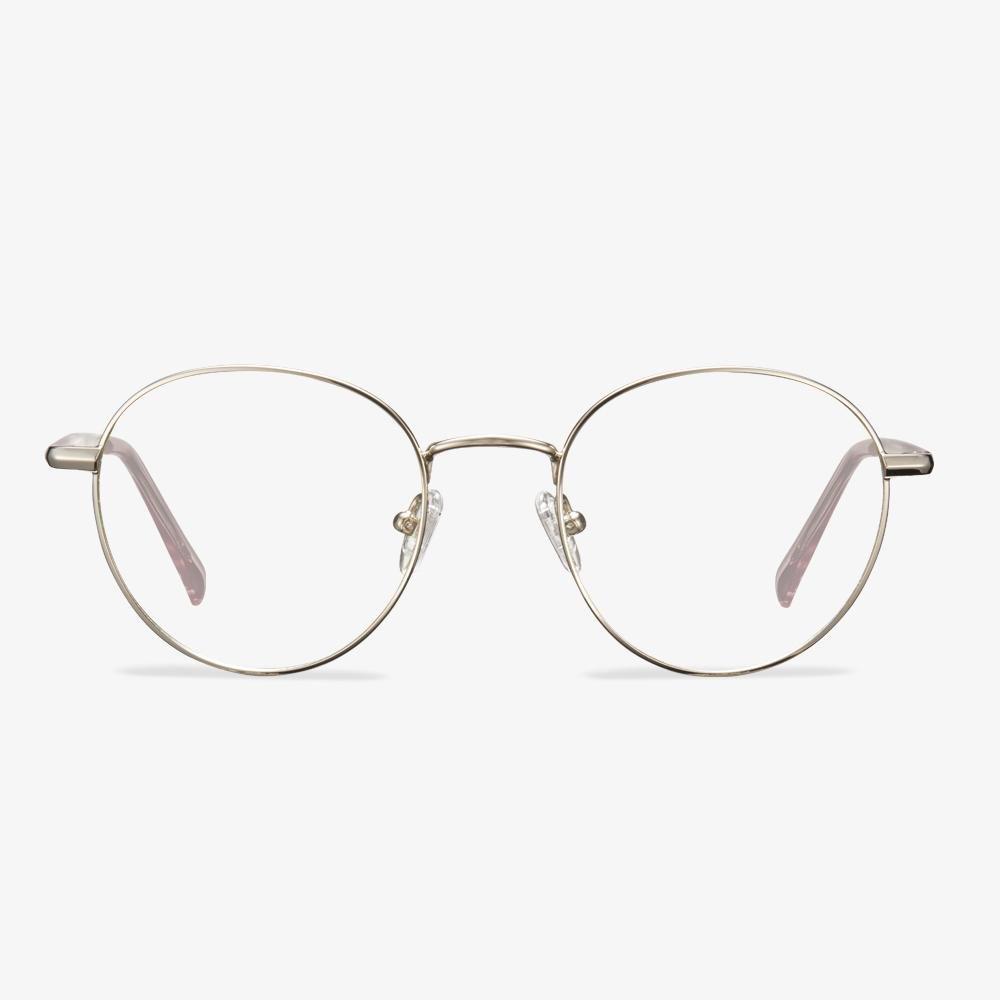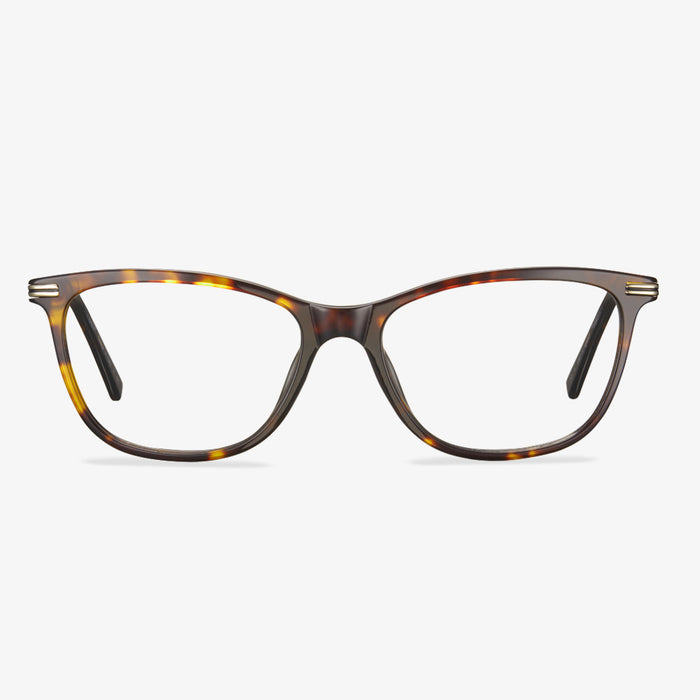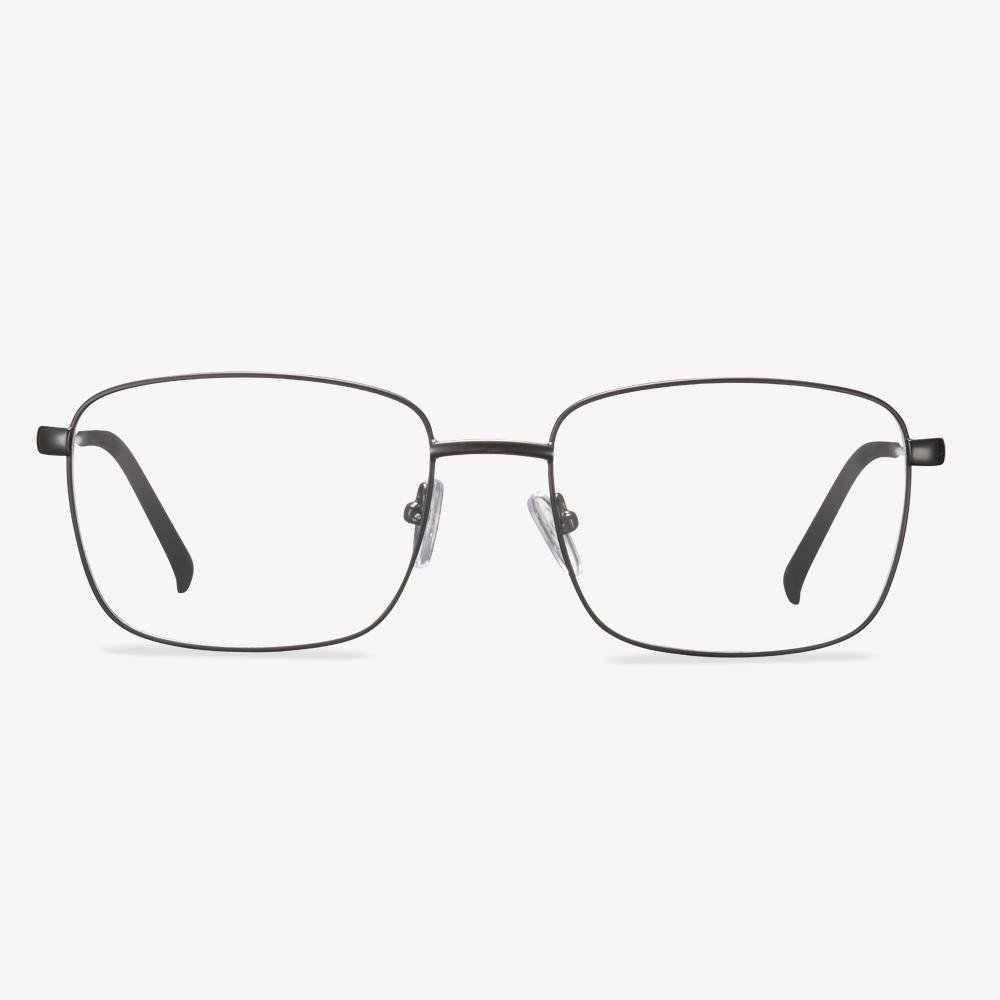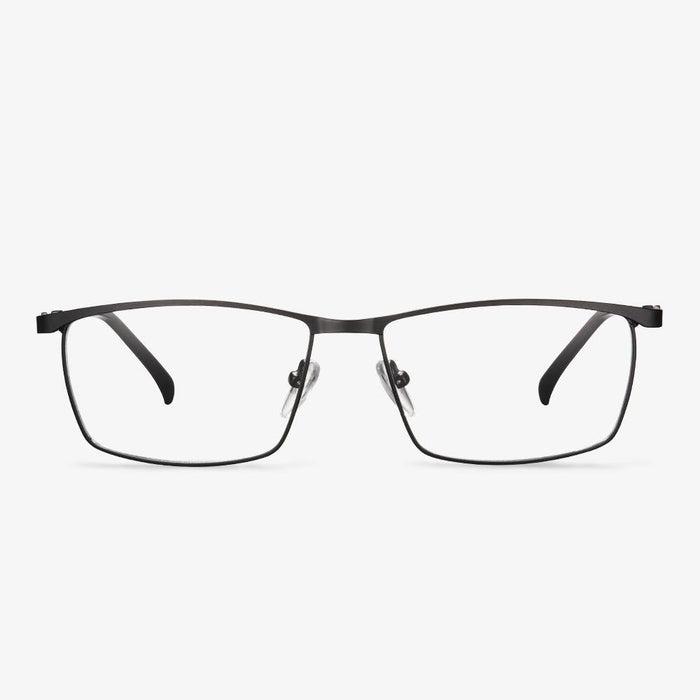For those with vision needs, prescription glasses are not just a necessity; they are also a fashion statement and an important part of daily life. With countless options available both online and in physical stores, finding the perfect pair can seem overwhelming. In this article, we will guide you through the process of buying prescription glasses, offering tips and considerations to ensure you make a confident and informed choice.
- Get a Comprehensive Eye Exam:
The first step in buying prescription glasses is to have a thorough eye examination by a qualified optometrist or ophthalmologist. This examination will determine your current prescription, as well as identify any other eye health issues. Your prescription should include details such as sphere (SPH), cylinder (CYL), axis, and pupillary distance (PD).
- Know Your Style Preferences:
Before you start shopping, consider your personal style and the type of frames that appeal to you. Determine whether you prefer classic, trendy, or unique designs. Also, think about factors like frame shape, color, and material. Your glasses are an accessory that should reflect your personality.
- Set a Budget:
Prescription glasses come in a wide range of prices, from budget-friendly to high-end designer options. Set a budget that is comfortable for you and be prepared to stick to it. Remember that you don't have to sacrifice quality for affordability, as there are many cost-effective options available.
- Choose a Frame Shape that Complements Your Face:
Your face shape plays a significant role in finding the right frames. Consider the following general guidelines:
- Round face: Angular frames (square or rectangular) can add definition.
- Square face: Rounded or oval frames can soften strong angles.
- Oval face: Most frame shapes work well with an oval face.
- Heart-shaped face: Frames that are wider at the bottom can balance a broader forehead.
- Diamond-shaped face: Cat-eye or oval frames can highlight cheekbones.
- Select the Right Frame Size:
Proper frame size is crucial for comfort and style. The size of your frames should be proportionate to your face. Your eye care provider can help you determine the ideal frame size based on your prescription and face shape.
- Consider Lens Material and Coatings:
There are various lens materials to choose from, including glass, plastic, polycarbonate, and high-index materials. Your optometrist can recommend the best material for your prescription and lifestyle. Additionally, consider lens coatings like anti-reflective coatings to reduce glare, scratch-resistant coatings, and UV protection.
- Shop Online or In-Store:
Decide whether you want to purchase your glasses online or in a brick-and-mortar store. Online retailers often offer convenience and competitive pricing, while physical stores allow you to try on frames and receive personalized assistance. Some retailers also offer a hybrid approach, allowing you to try frames at home before making a final decision.
- Review the Return and Warranty Policies:
Before making a purchase, understand the return and warranty policies of the retailer. Ensure that you have the option to return or exchange your glasses if they do not meet your expectations or if there are any issues.
- Get Proper Measurements:
If you are ordering online, ensure you have accurate measurements of your PD (pupillary distance). Some online retailers provide instructions on how to measure it yourself, while others may require you to visit an optometrist for this measurement.
- Try Them On and Adjust as Needed:
When you receive your glasses, try them on immediately to ensure they fit comfortably and provide clear vision. If adjustments are needed, take them to an optician for professional fitting.
Buying prescription glasses can be an exciting and rewarding experience when done thoughtfully. By following these steps, you can make informed choices that align with your style, budget, and vision needs. Remember that your glasses are not just functional; they are an extension of your personality, so take your time to find the perfect pair that suits you best.














































